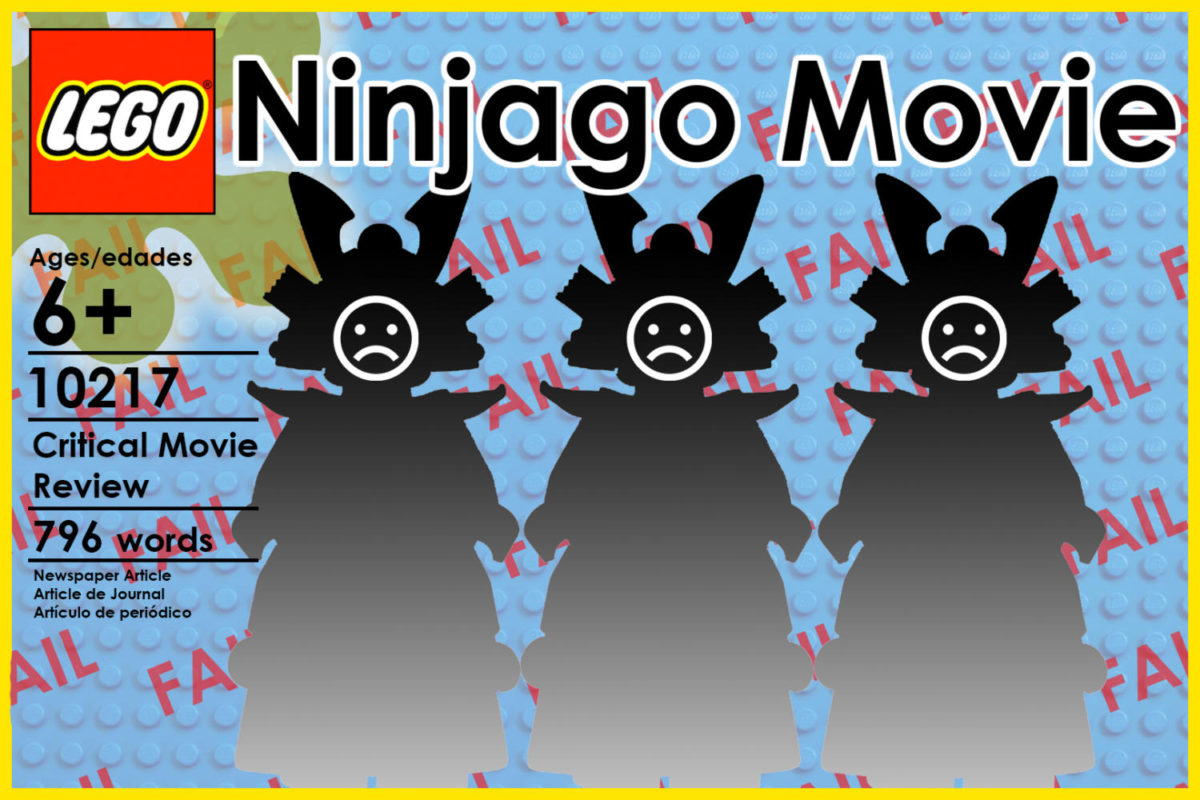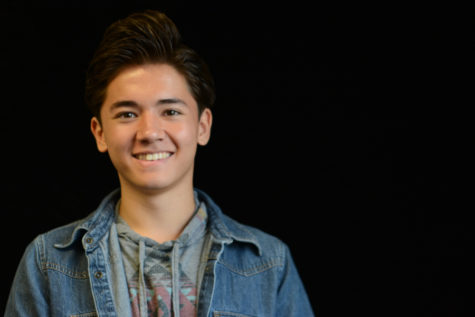LEGO Ninjago Movie Fails to Use Potential
October 2, 2017
Following 2014’s The LEGO Movie and this year’s recent The LEGO Batman Movie, audiences came to know the LEGO Group’s movie franchise as a guaranteed source for witty, youthfully exhilarating entertainment.
You would hope that the third installment in the franchise would build upon this trend, but such is not the case. With The LEGO Ninjago Movie, the LEGO films may have taken a major fall from the pillar of respect it had worked to gain from both critics and general audiences alike.
Before delving into the film itself, it is first important to know what exactly the Ninjago theme is, and why both LEGO and Warner Brothers decided to make a film based on it.
In 2011, LEGO released a new line of sets themed around a group of multi-colored ninjas: Kai, Zane, Jay, and Cole. Each ninja was trained by the wise Sensei Wu to utilize each of their unique elemental powers against the evil Lord Garmadon, Sensei Wu’s brother.
LEGO rehired Greg Farshtey to write the story and develop the universe for their new theme. Previously, Farshtey had done the same for LEGO’s now-discontinued BIONICLE theme, which saved the company from bankruptcy back in the early 2000’s.
Later on in the original story, a fifth ninja was introduced—Lloyd Garmadon, son of primary antagonist Lord Garmadon himself.
The Ninjago theme was only planned to last for 3 years, but the massive popularity it gained from the combination of its appealing sets, immersive story, and television show based on said story caused LEGO to officially declare the theme “evergreen.” Today, the theme still stands as one of LEGO’s strongest properties with the television show still ongoing.
Now back to the 2017 film adaptation.
With such a long history of rich Ninjago-related story content to choose from, there should be no problem adapting any of its key moments into a film, or at least making a movie that does its core motifs and themes some amount of justice; especially with the resources of a big-budget studio and amazing voice talents of Jackie Chan, Dave Franco, Olivia Munn, and Justin Theroux.
Sadly, the creators of this movie abandon the theme’s focus, and use the popularity Ninjago has among young children to create a run-of-the-mill corporate cash grab revolving around the self-aware cliché of Lloyd Garmadon trying to connect with the evil father who abandoned him at birth.
This point is driven hard at multiple points of the movie for large periods of time. Whenever the movie isn’t restating the father-son issues, it spends larger periods of time on dragged-out comedic bits (which are actually really funny at times) that quickly lose their charm through constant repetition.
Given the movie’s dismal 1 hour and 40 minute runtime, it would have been much wiser to do more important things such as giving more importance to big plot points, or doing some actual character development as opposed to continuously obnoxious reminders of one character’s issue.
This movie is not all bad, however. The movie pays an excellent homage to the martial-arts movies of decades past through its presentation and choices in cinematography.
Additionally, it does an excellent job developing the LEGO Cinematic Universe (yes, that’s a real thing), which is similar to the Marvel Cinematic Universe in how all movies in it take place in the same world, and often share the same rules and characters.
We learn new rules about what is and isn’t possible in the world of living LEGO bricks, such as how a laser pointer is considered a deadly weapon to the minifigures, as it can summon a real-life cat named “Meowthra” (which doesn’t count as a spoiler as it was prematurely revealed by poor marketing decisions) to terrorize the city of Ninjago.
Another great positive of this movie is the occasional fight sequences that do an excellent job in breathing life into the stiff, plastic minifigures that are the focus of the film. One reason these fights were able to do this so well is likely due to being professionally choreographed by Jackie Chan’s fighting team.
In a featurette for the movie, Jackie Chan said, “My favorite fight of the movie was between me and [Lord] Garmadon. It’s a very important moment. I wanted the action design to be very special.”
Sadly, however, these positives are small diamonds in the sea of rough that this movie is made of. The LEGO Ninjago Movie had all the potential in the world to be great, given the the success and brilliant writing of the LEGO movies that preceded it. But from another point of view, having 2 great movies out of every 3 made is actually somewhat impressive.
Here’s to hoping 2019’s The LEGO Movie 2 will pick up the slack that was left behind this September.



